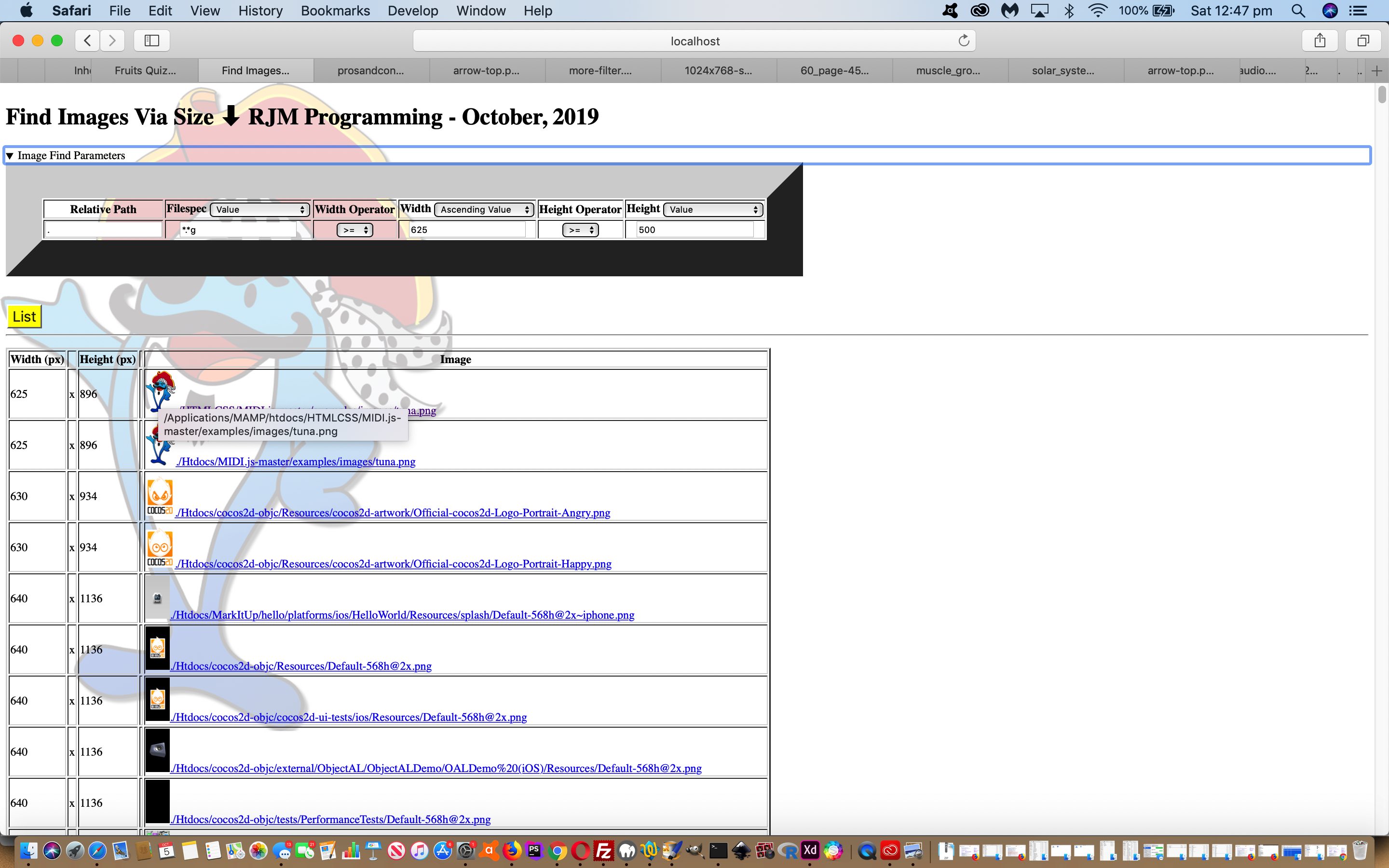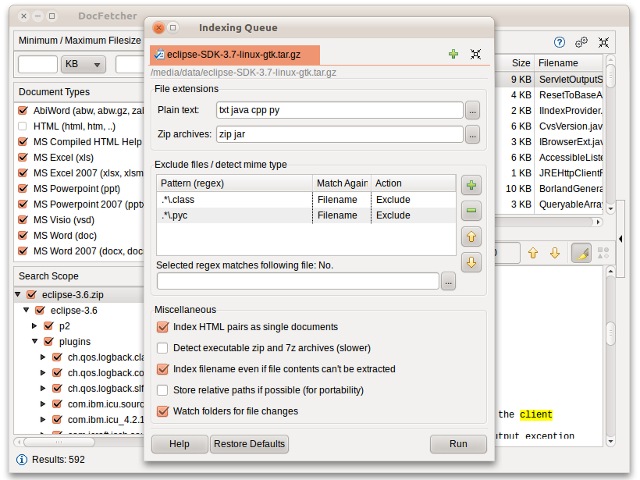

But if in case the desktop version is not available or only the CLI environment is present then it will be a big issue to find the respective or specific file. Generally, the file searching functionality is by default present in the operating system. In every operating system, there are a lot of ways to search the file on the system environment. It will help to search the file with a file location. path: We can provide the specific file path to the “find” command.expression: We can provide the different flags as the expression that is compatible with the “find” command.: The options like -H, -L, and –P, it will control the treatment of the symbolic links.As per the provided arguments, it will find the requested file from the current environment. It will take different arguments like OPTION, path, expression, etc. find: We can use the “find” keyword in the syntax or command.
#Linux find file software#
Web development, programming languages, Software testing & othersįind
#Linux find file free#
If you have any questions or remarks, please leave a comment below.Start Your Free Software Development Course
#Linux find file how to#
Now that you learn how to found the largest files on your system, you may want to read our guide about How to Remove Files and Directories Using Linux Command Line We’ve shown you how to find the largest files and directories using the find and du commands. : prints only the first five lines of the piped output.Ĭommand has many other options that can be used to refine the output of the disk space usage. sort -rh : sort lines by comparing values in human-readable format ( -h) and reverse the result ( -r).), count both files and directories ( a), print sizes in a human-readable format ( h), and skip directories on different file systems ( x).

The first column includes the size of the file and the second one the file name: 55G. The following command will print the largest files and directories: du -ahx. The du command is used to estimate file space usage, and it is particularly useful for finding directories and files that consume large amounts of disk space. Find Large Files and Directories Using the du Command # For example, you can search for large files that are older than x days, large files with a specific extension, or large files that belong to a particular user. head : prints only the first 10 lines of the piped output.Ĭommand comes with a lot of powerful options.sort -k5,5 -h -r - sort lines based on the 5th column ( -k5,5), compare the values in human-readable format ( -h) and reverse the result ( -r).Which executes the ls -lh command that will print the output in long listing human-readable format. xargs ls -lh - the output of the find command is piped to xargs.
#Linux find file full#
), larger than than 100MB ( -size +100M), don’t descend directories on other filesystems ( -xdev) and print the full file name on the standard output, followed by a new line ( -print). xdev -type f -size +100M -print - search only for files ( -type f) in the current working directory (. xdev -type f -size +100M -print | xargs ls -lh | sort -k5,5 -h -r | head If the output contains a lot of lines of information you can use the head command to print only the first 10 lines: find.

rw- 1 root root 378M Jan 7 22:26 /var/lib/libvirt/images/bionic64_default.img rw- 1 root root 562M Dec 31 07:38 /var/lib/libvirt/images/centos-7_default.img rw- 1 root root 999M Jan 5 14:43 /var/lib/libvirt/images/ubuntu-18-04-desktop_default.img rw- 1 root root 1524M Dec 30 07:46 /var/lib/libvirt/images/centos-7-desktop_default.img rw- 1 root root 3725M Jan 7 22:12 /var/lib/libvirt/images/debian-9_default.img The output will look something like this: -rw- 1 root root 40967M Jan 5 14:12 /var/lib/libvirt/images/win10.qcow2 xdev -type f -size +100M -print | xargs ls -lh | sort -k5,5 -h -r In the example below, we are passing the output of the find command to ls which will print the size of each found file and then pipe that output to the sort command to sort it based on the 5th column which is the file size. Or sort to perform operations on those files. The find command also can be used in combination with other tools such as ls var/lib/libvirt/images/centos-7_default.img var/lib/libvirt/images/ubuntu-18-04-desktop_default.img var/lib/libvirt/images/debian-9_default.img var/lib/libvirt/images/bionic64_default.img var/lib/libvirt/images/centos-7-desktop_default.img The output will show a list of files without any additional information. with the path to the directory where you want to search for the largest files.


 0 kommentar(er)
0 kommentar(er)
